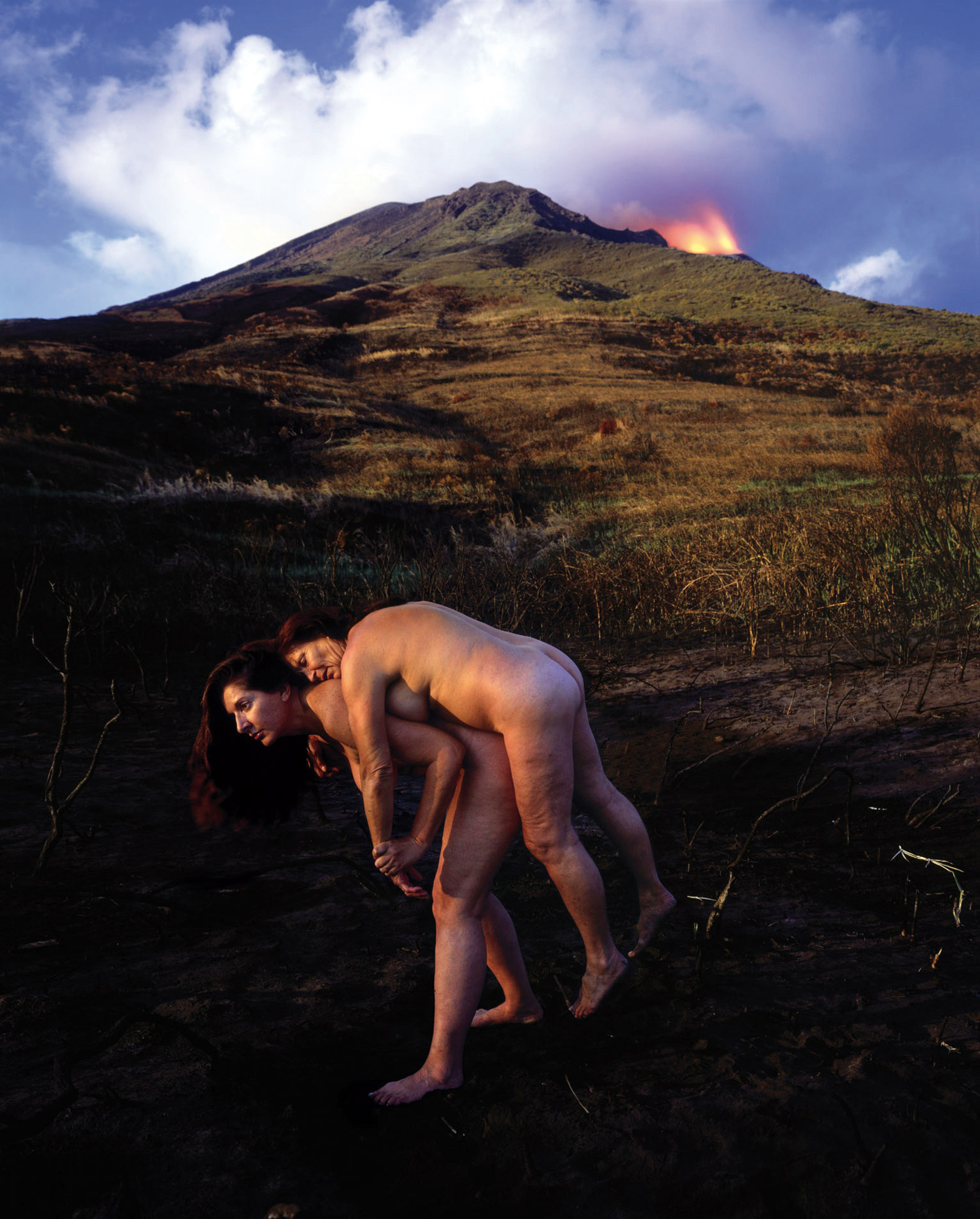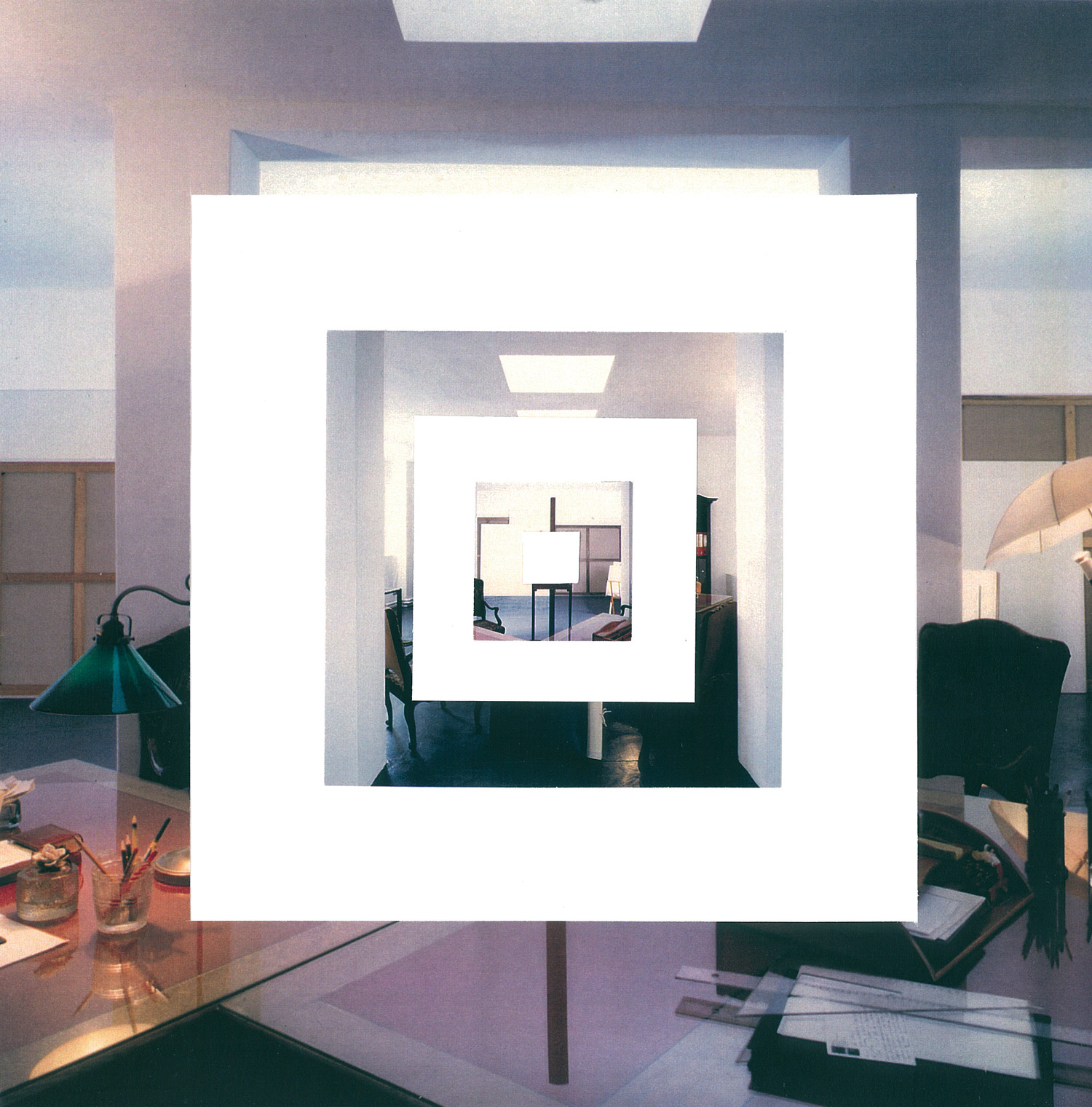
Since the extensive retrospective held at the Tapies Foundation in Barcelona in 1999, and the exhibition at the CAC in Malaga in 2004, it hasn’t been possible to see the most recent work of Art & Language in Spain. A Madrid gallery, Distrito Cu4tro, recently presented a selection of the most representative works of the most significant ‘styles,’ i.e. greatest hits, of the group. Created in 1968, Art & Language went through successive formations that have included different artists, but Michael Baldwin and Mel Ramsden, together with theorist Charles Harrison, are the names that currently comprise the project. Art & Language is a critically engaged proposal that, since its very inception, presented itself as a point of inflection — and opposition — with respect to the discourses that dominated conceptualism in the ’60s. Starting out from points of suspicion and doubt, and continually confronting the use of language with a necessary opacity, theirs turned out to be one of the most active and hyperproductive projects of the second half of the 20th century.
“Too Dark to Read” — the retrospective at the Musée d’Art Moderne in Villeneuve d’Ascq, France, in 2002 — was a declaration meant to ‘clarify’ the group’s practice; a working method developed throughout time, whose autonomy resides precisely in the discursive quality of its ideational system and never in isolated works. These works were meant to be seen and read according to the complex ‘manual’ conceived for the occasion; a network based upon the exception that each thing refers to itself as well as the system which engenders and contains it. A systematic work which includes, beyond its cycles, processes, styles and diverse modes of creation, small encounters, images that expose as well as conceal, affirm and negate, and those of which it could be said that they “cancel themselves out, maybe without ever having existed.”
In this Madrid show, works are distributed in distinct groups that, yet again, reconfirm this labyrinthian operation of self-referential investigation that functions in the manner of a Russian matryoshka doll. An ironic contemporary rendering of Portrait of V. I. Lenin in the Style of Jackson Pollock V with George W. Bush as the protagonist; the series “Songs Held in Offices” (2006); Hostage XIII (1988-89); a new secret painting, No Secret Painting IV (2006); and Index: Now They Are (1992), an example of ‘reflective’ modernist monochrome paintings in pink, are all part of the work exhibited. The exhibition is rounded out by the publication of the Spanish translation of Art & Language: Writings, realized by Distrito Cu4tro in collaboration with Lisson Gallery — a publication that brings together distinct theoretical works, summaries of projects, lyrics for songs (as part of the continued collaboration with the band Red Krayola) and even an excerpt of a libretto for an opera, all produced between 1980 and 2002.





